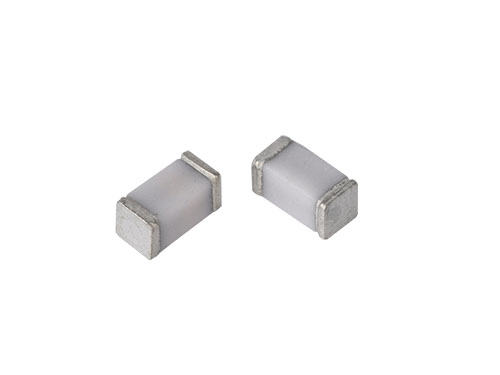Classification of resistors by volt-ampere characteristics:
For most conductors, at a certain temperature, their resistance remains almost constant and is a certain value, and this type of resistance is called linear resistance. The resistance of some materials obviously changes with the current, and its volt-ampere-characteristic is a curve, and this type of resistance is called nonlinear resistance. Nonlinear resistance Under a given voltage, the ratio of voltage to current is the static resistance at the operating point, and the slope on the volt-ampere characteristic curve is the dynamic resistance. The way to express nonlinear resistance characteristics is complicated, but these nonlinear relationships are widely used in electronic circuits.
Resistor classification by material:
a, wire wound resistor by resistance wire wound into resistor made of high resistance alloy wire wound on the insulation skeleton, coated with heat-resistant glaze insulation layer or insulating paint. Winding resistance has low temperature coefficient, high precision resistance, good stability, heat resistance and corrosion resistance, mainly used for precision high-power resistance, the disadvantage is poor high-frequency performance and large time constant.
b, carbon synthesis resistor is made of carbon and synthetic plastic.
c, carbon film resistor is made of a layer of carbon plated on the porcelain tube, and the crystalline carbon is deposited on the ceramic rod skeleton. Carbon film resistor is the most widely used resistor with low cost, stable performance, wide range of resistance value, low temperature coefficient and voltage coefficient.
D. The metal film resistor is made of a layer of metal plated on the porcelain tube, and the alloy material is steamed on the surface of the ceramic rod skeleton by vacuum evaporation.
The metal film resistor has higher precision, better stability, less noise and temperature coefficient than the carbon film resistor. It is widely used in instruments and communication equipment
Yes.
e, the metal oxide film resistor is made of a layer of tin oxide plated on the porcelain tube, and a layer of metal oxide is deposited on the insulation rod. Because it is itself oxide, it is stable at high temperature, heat shock resistance, load capacity is strong according to the purpose, there are general, precision, high frequency, high voltage, high resistance, high power and resistance network, etc.
.
Special resistor:
1, safety resistor: also called fuse resistor, under normal circumstances plays a dual role of resistance and fuse, when the circuit fails and its power exceeds the rated power, it will be like a fuse to fuse the connection circuit disconnected. The fuse resistance is generally small (0.33Ω ~ 10KΩ), and the power is also small. Fuse resistor commonly used models are: RF10 type, RF111-5 symbol type of fuse resistor, RRD0910 type, RRD0911 type, etc.
2, sensitive resistor: refers to its resistance value for a certain physical quantity (such as temperature, humidity, light, voltage, mechanical force, and gas concentration, etc.) has sensitive characteristics, when these physical quantities change, the resistance value of the sensitive resistor will change with the change of the physical quantity, showing different resistance values. According to the sensitivity to different physical quantities, sensitive resistors can be divided into thermal, humidity sensitive, photosensitive, pressure sensitive, force sensitive, magnetic and gas sensitive types of sensitive resistors. The materials used in sensitive resistors are almost all semiconductor materials, and such resistors are also called semiconductor resistors.
The resistance value of a thermistor varies with temperature, and the resistance to temperature rise is a negative temperature coefficient (NTC) thermistor. Negative temperature coefficient thermistor is widely used, which can be divided into ordinary negative temperature coefficient thermistor. Voltage stabilized negative temperature coefficient thermistor; Temperature measuring type negative temperature coefficient thermistor, etc. Photoresistor is the resistance value of the resistor changes with the intensity of the incident light. When the incident light is enhanced, the photoresistor decreases, and the resistance value increases when the incident light is weakened.




